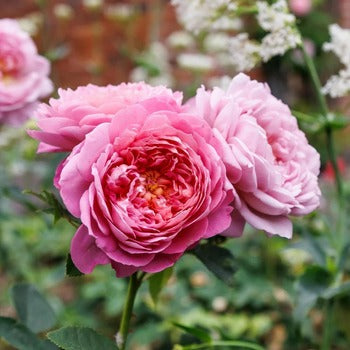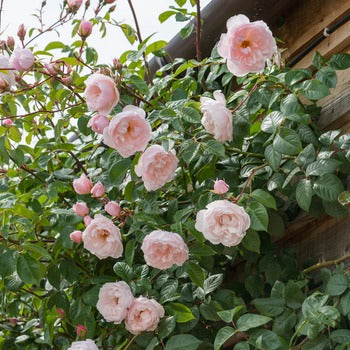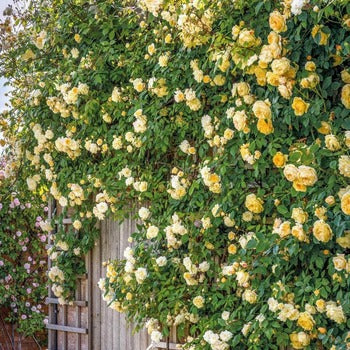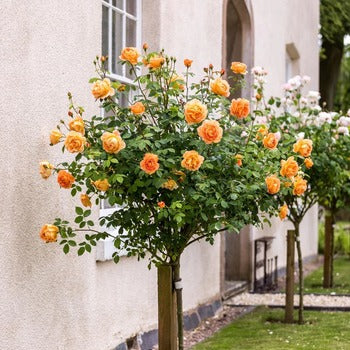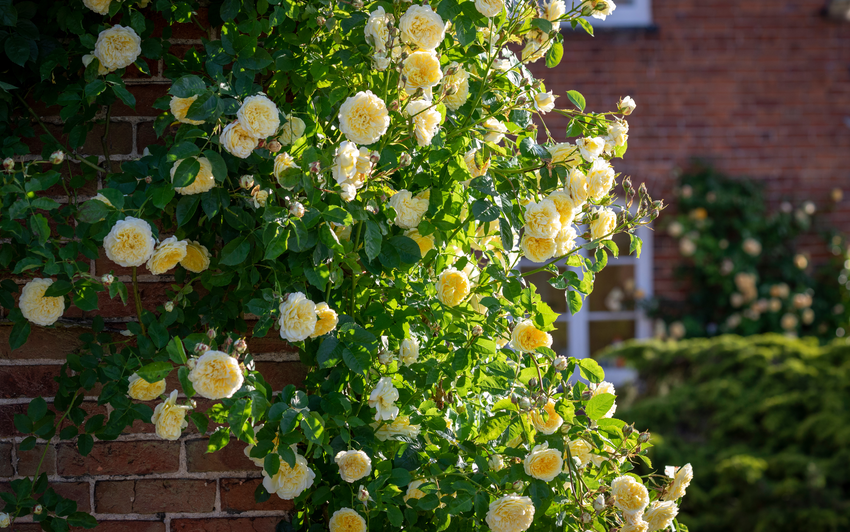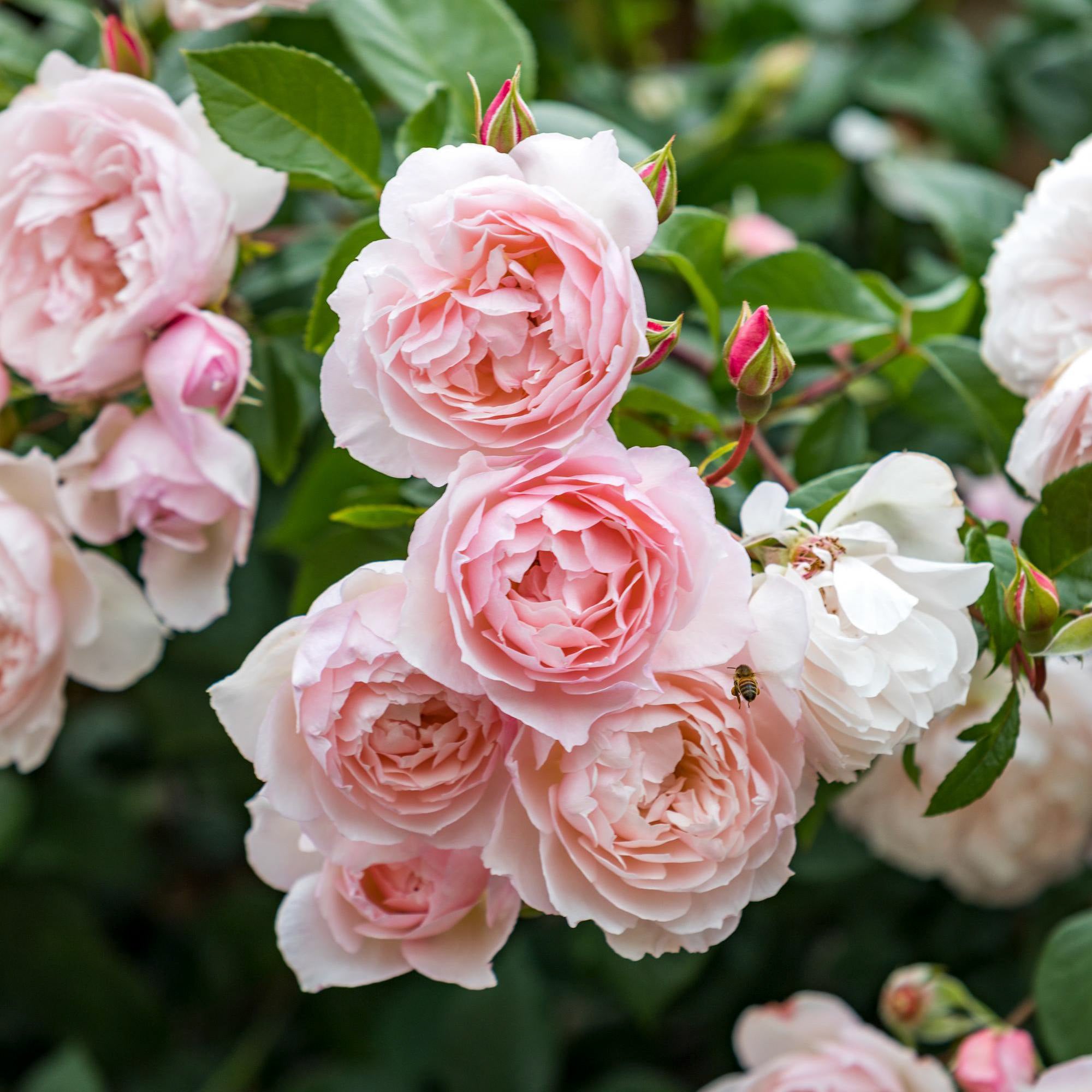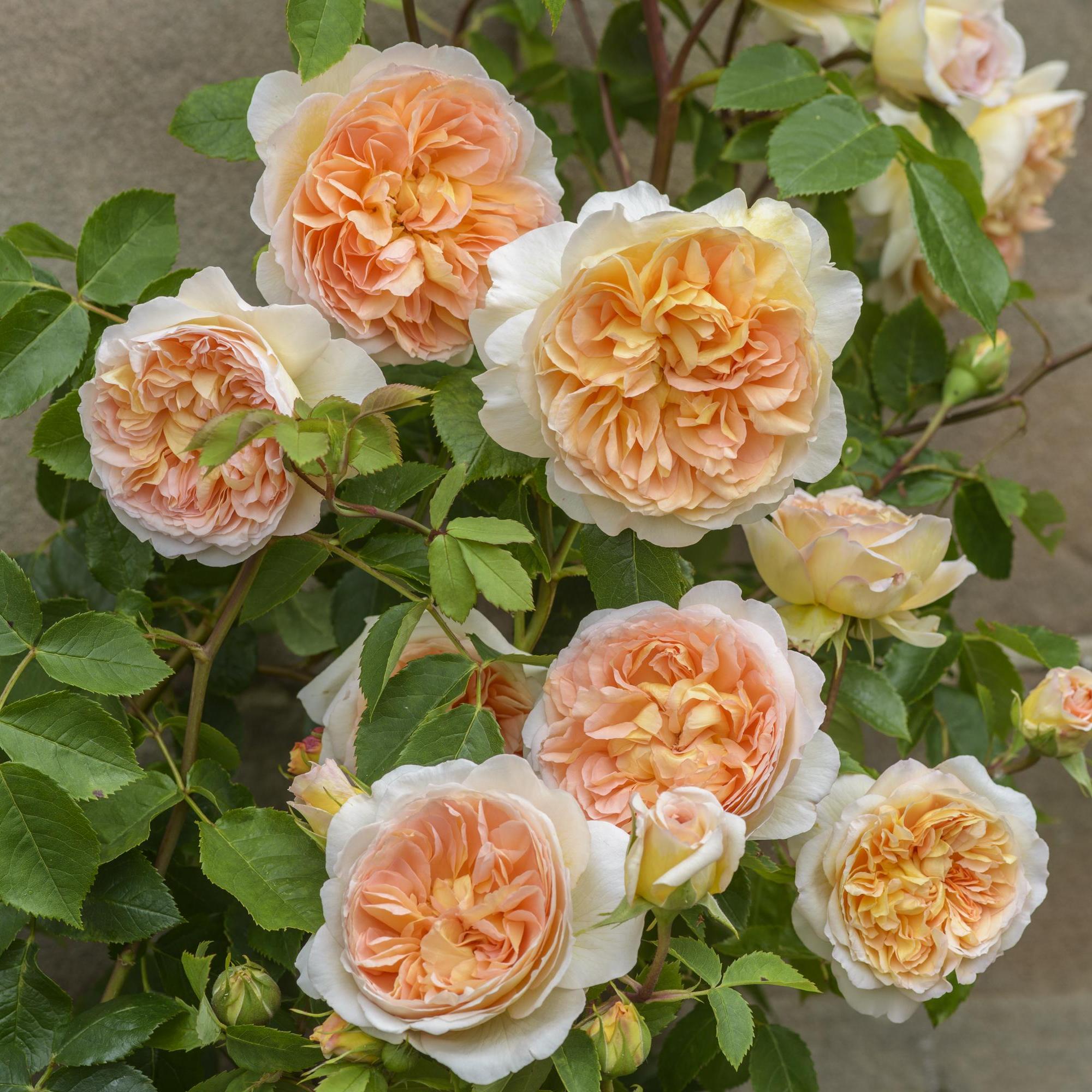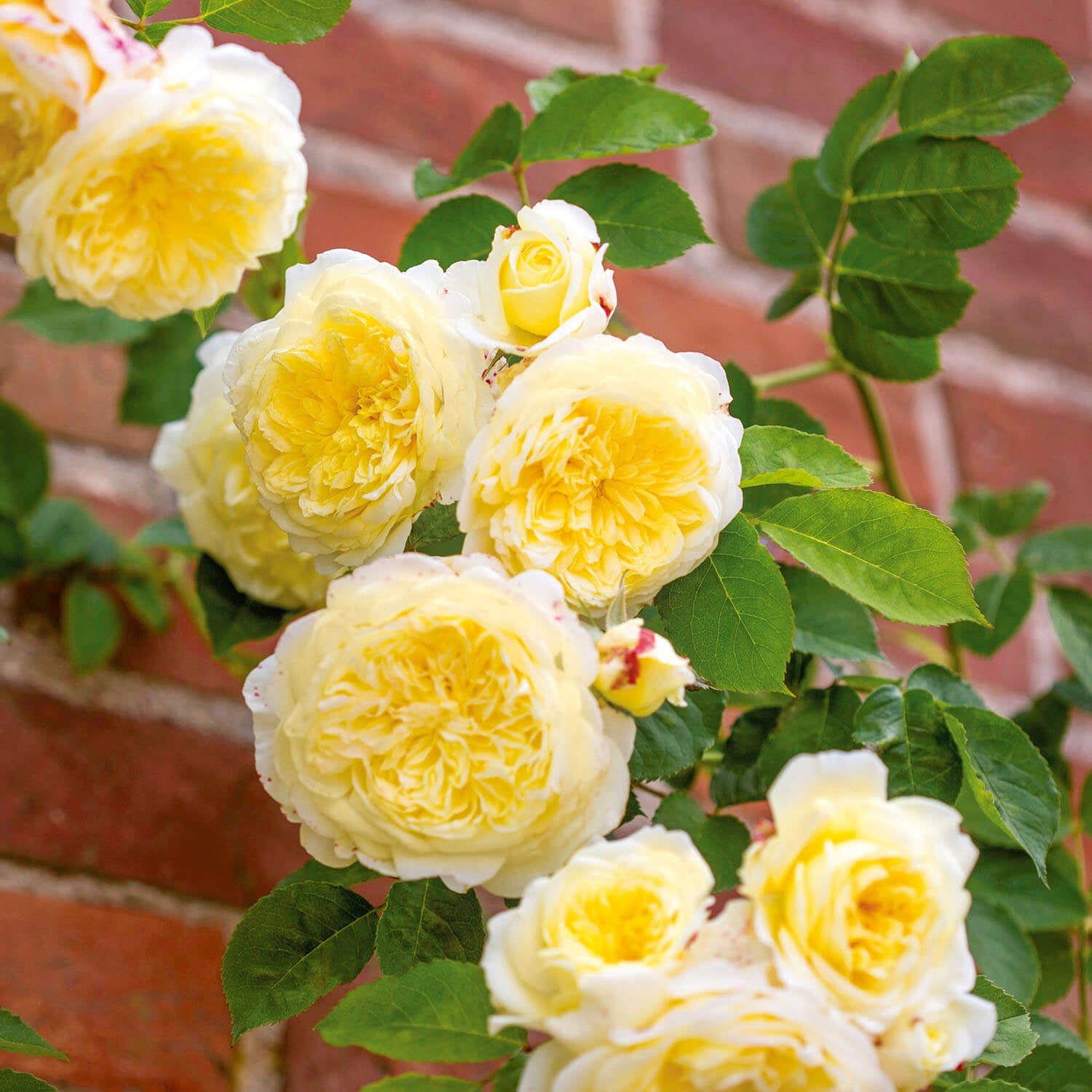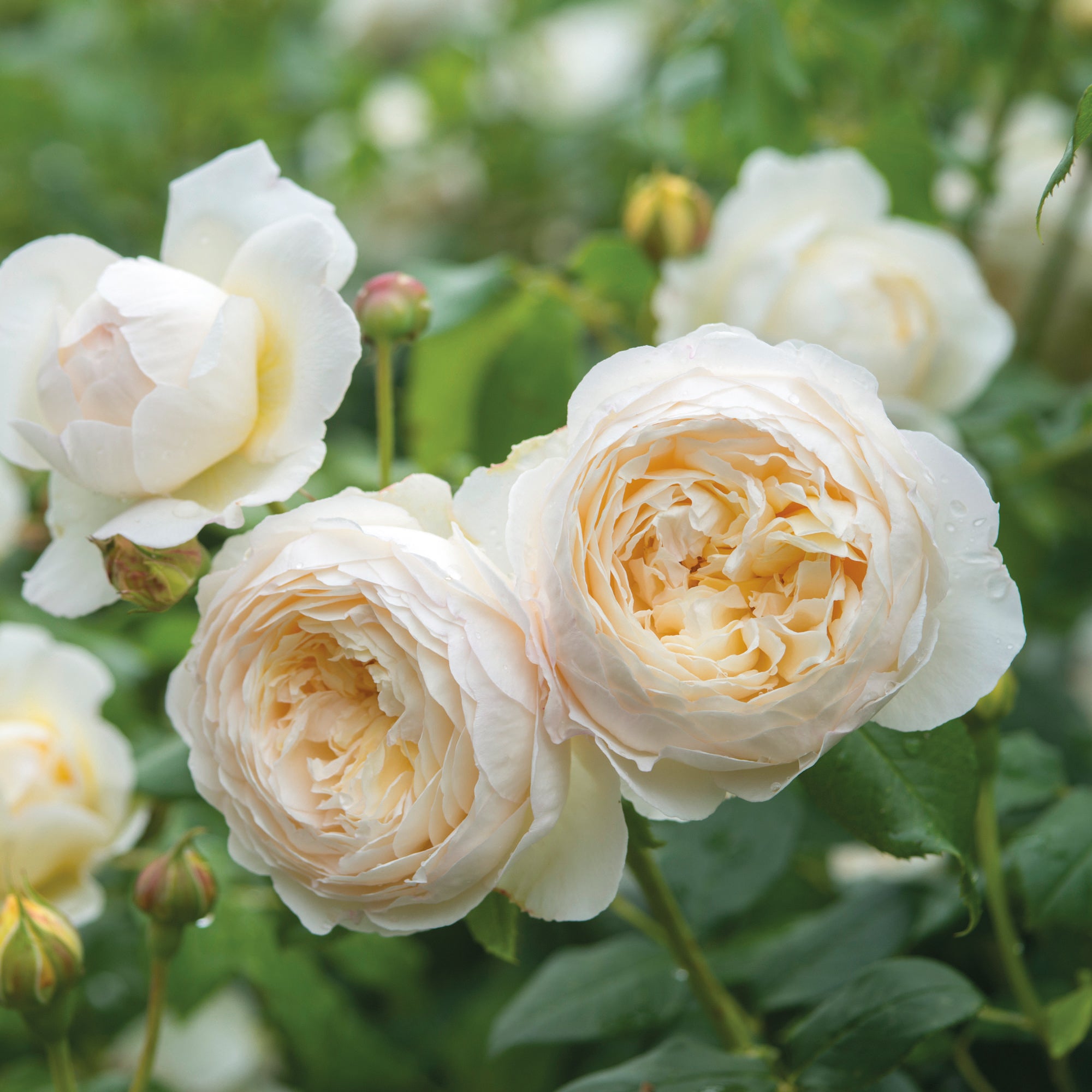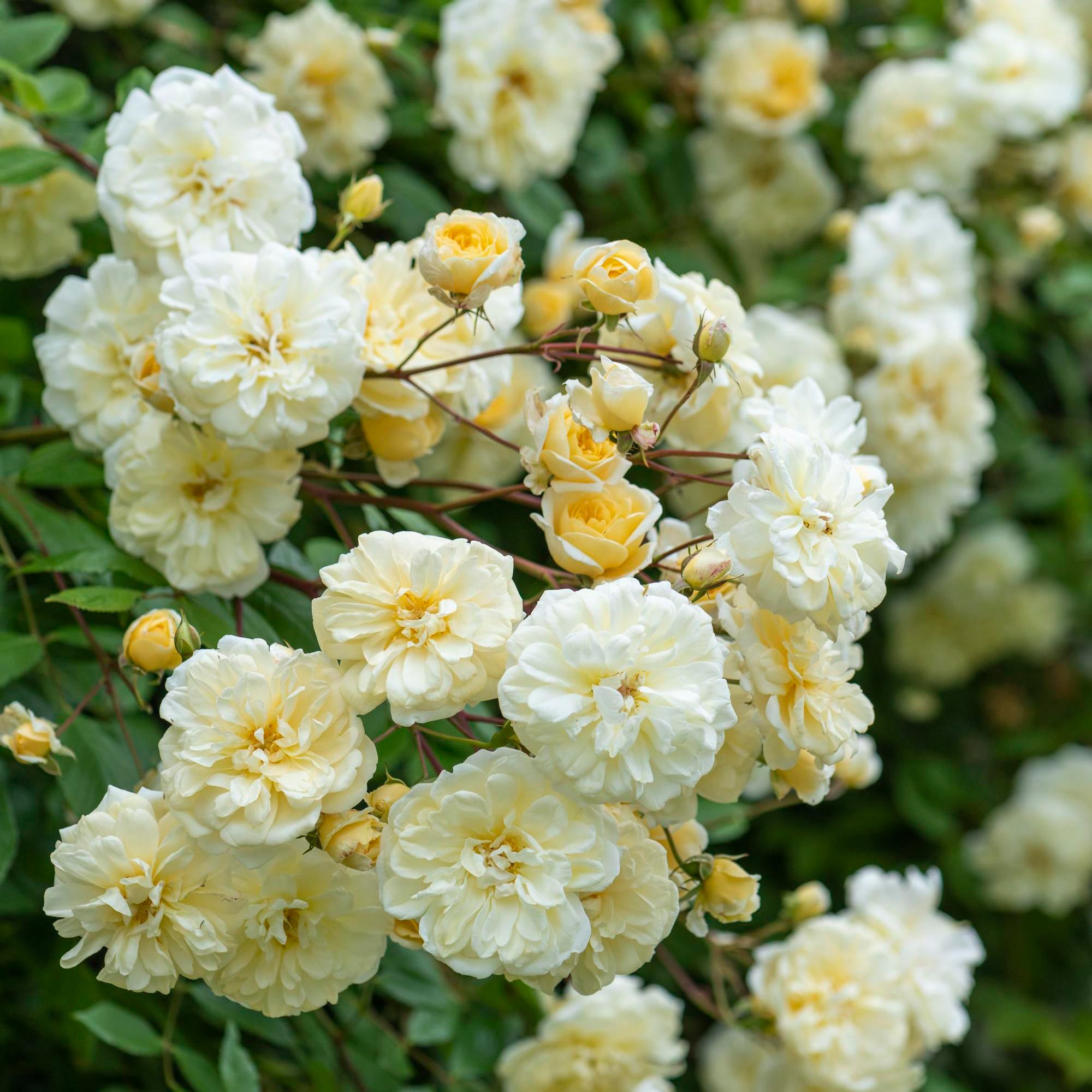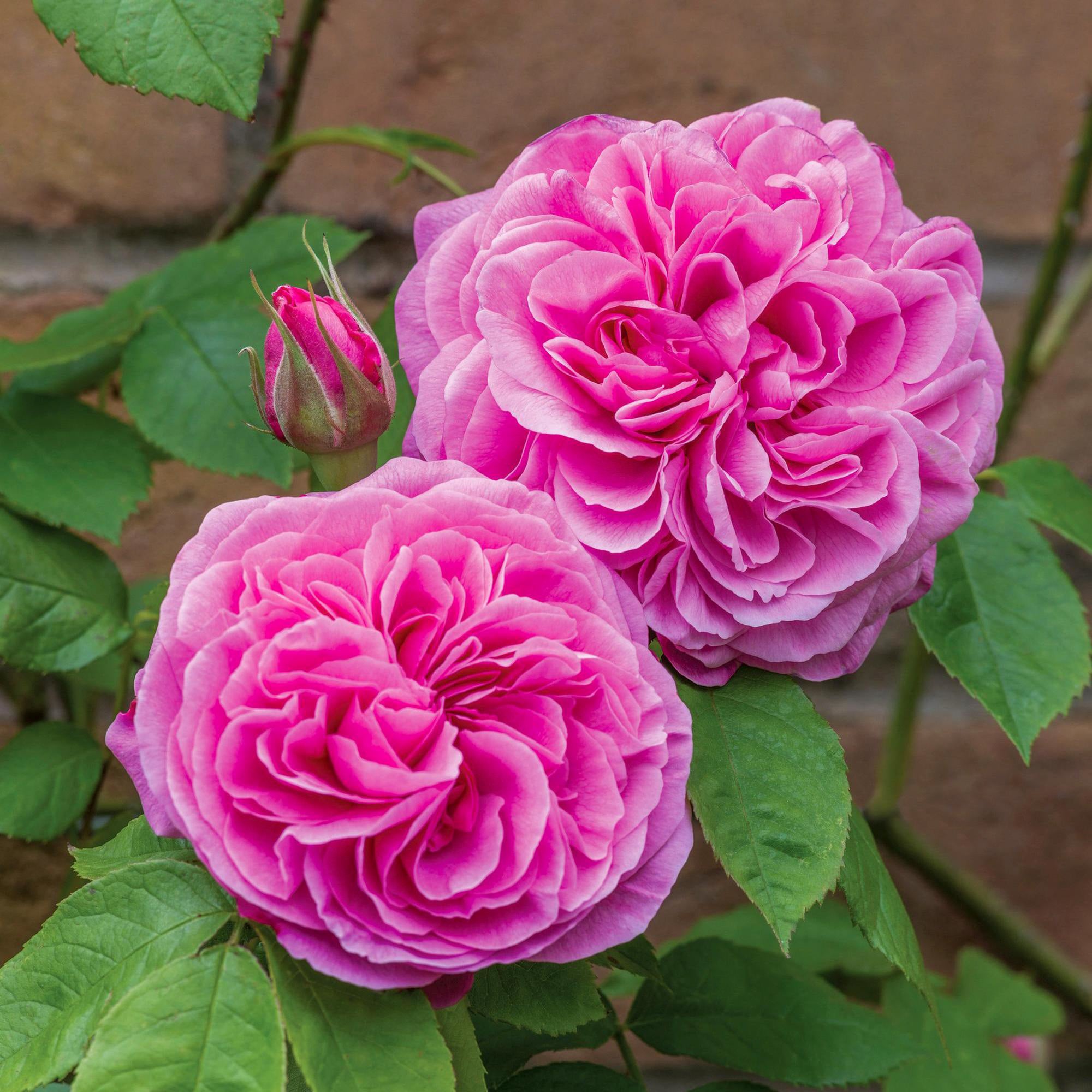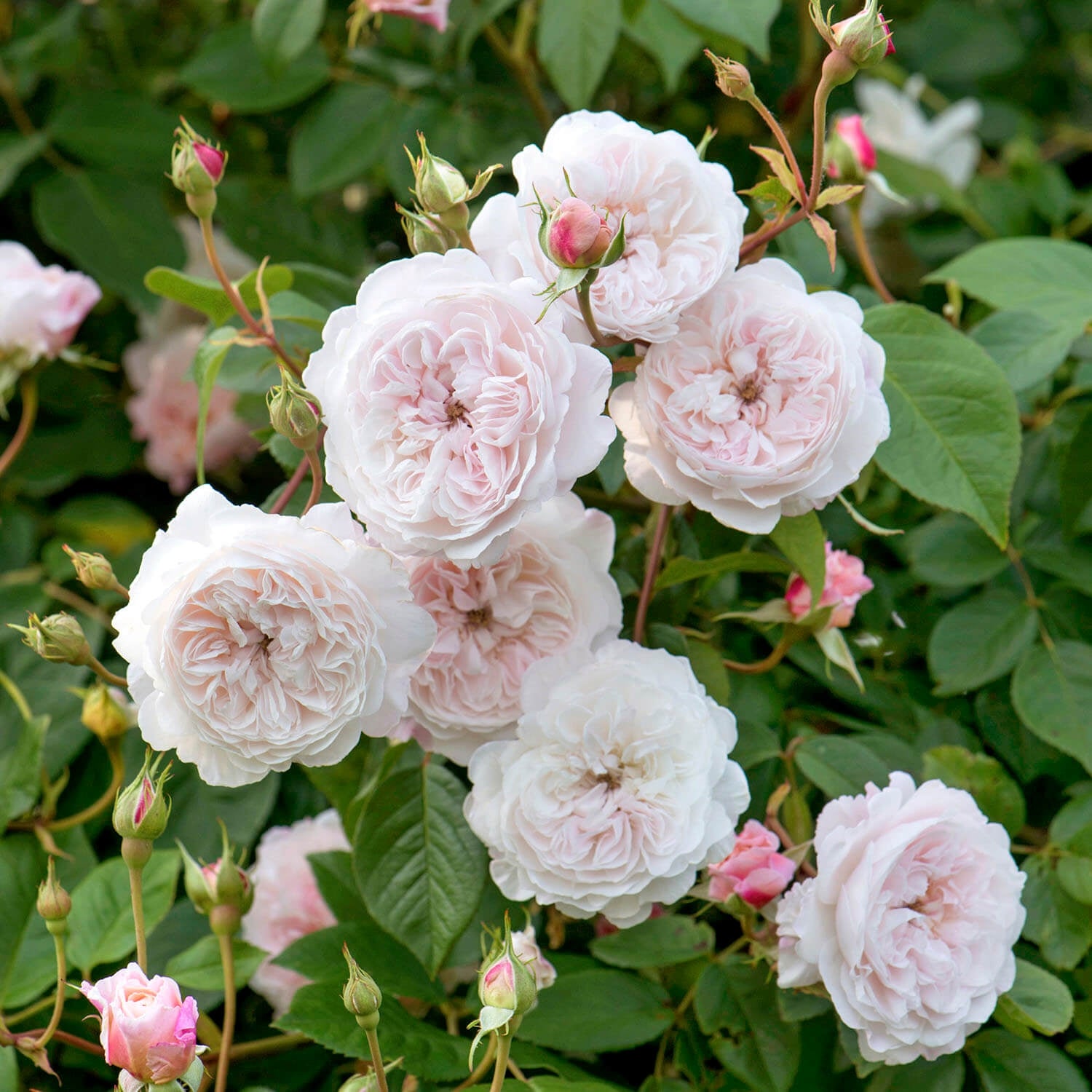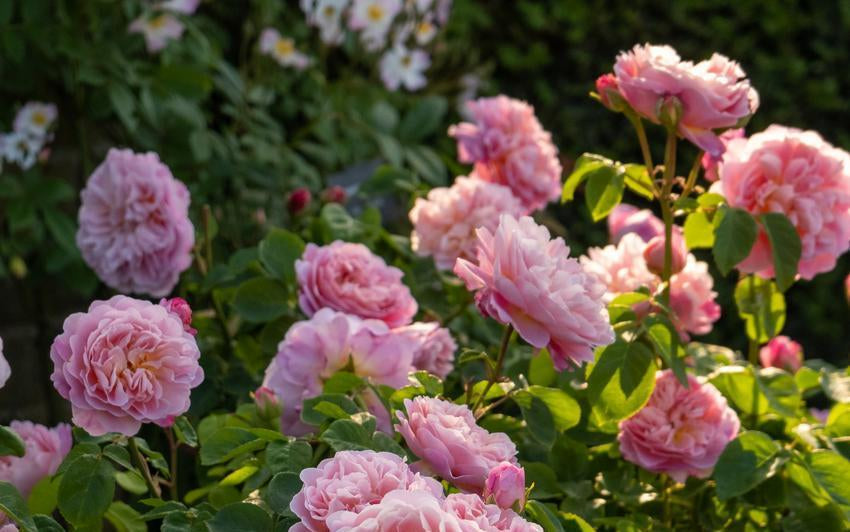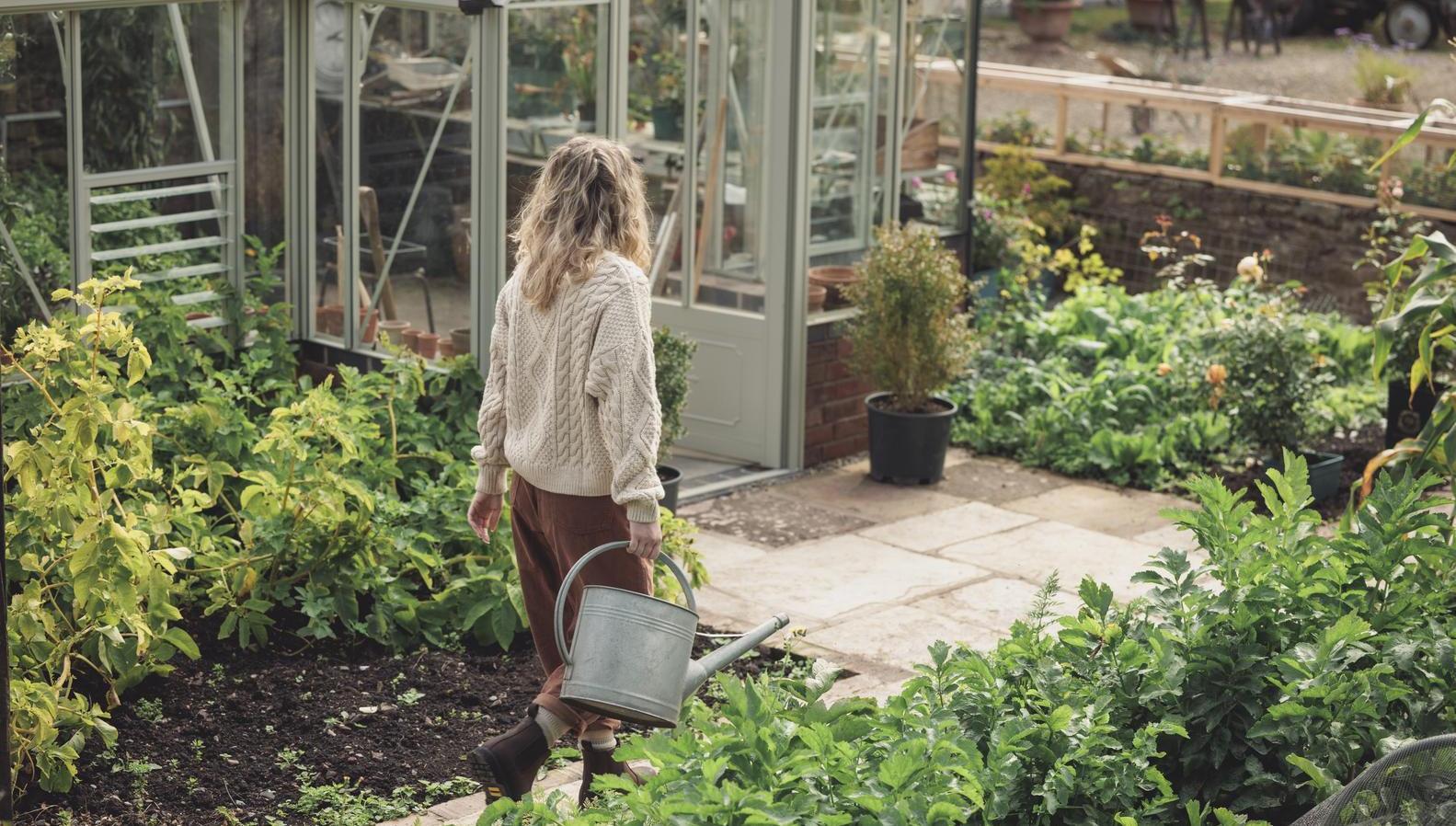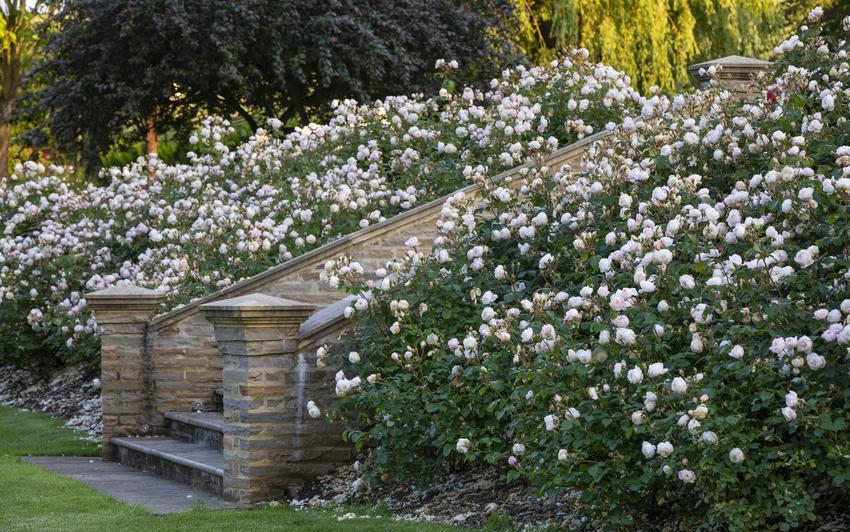A living wall has a way of transforming a space, turning a simple surface into a quiet theatre of petals, scent and shifting light. When English Roses form the foundation, the display becomes generous and enduring. Their repeat blooms, soft colours and naturally graceful habit bring depth and character to any vertical space, whether it is a boundary fence, a warm house wall or a tucked-away corner that needs a little life.
Why Living Walls Matter for Pollinators
A well-planted wall is more than a pleasure to behold; it becomes part of a living network. Open, accessible rose blooms offer nectar that bees and butterflies can reach with ease. When climbers that flower at different times are added, the supply of food continues from early summer into autumn. Dense foliage provides shelter, giving insects places to rest, hide from weather and move safely through the garden. Even small spaces can support a surprising amount of biodiversity when planted this way.
Choosing the Right Place
Most sunny or lightly shaded vertical surfaces are suitable. A south or west aspect will encourage strong flowering, while gentler light suits many varieties equally well. Fences, pergolas and sturdy trellises all provide good support. In compact gardens, allowing roses to climb saves valuable ground space while adding height and structure. Even balconies can participate when a generous pot and a secure trellis are provided.
Selecting Your Roses
English climbing and rambling roses respond beautifully to training. Their flexible stems and steady flowering make them ideal for vertical planting. Each of these choices has the vigour and character needed to create a lasting and abundant display.
Layering with Companion Climbers
Combining plants creates a richer tapestry and lengthens the season of interest. Clematis threads naturally through rose stems, bringing star-like or bell-shaped flowers at varying heights. Sweet peas add a soft, cottage-garden looseness along with their gentle fragrance. Star jasmine offers evergreen structure and clusters of white, scented blooms
Together they form a living wall that shifts subtly through the year, each plant contributing its own texture and rhythm.
Supporting and Training Your Display
Climbing roses rely on a steady framework. Fix horizontal wires across the wall or fence at intervals of about 30 centimetres. As stems lengthen, tie them in loosely and guide them outward along the wires. This encourages flowering shoots to form along the full length of each stem, creating a far fuller display than vertical growth alone.
With thoughtful planting and a little guidance for the stems, even the plainest surface can become a vertical refuge alive with blooms, fragrance and the gentle hum of visiting pollinators.

